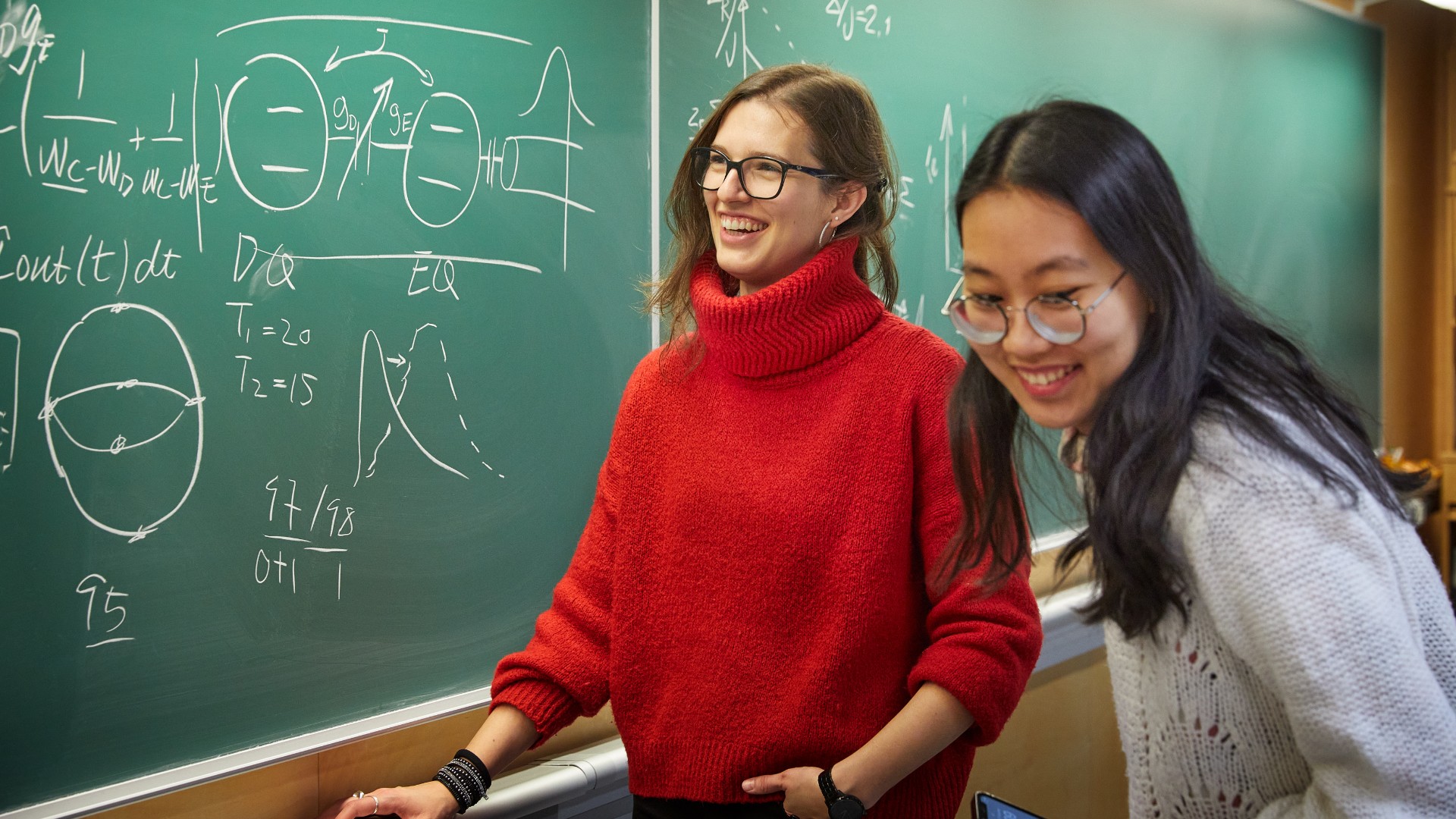
Admissions for the autumn term 2025 show that Chalmers holds a strong position among Sweden’s technical universities. More first-choice applicants than ever before selected Chalmers, entry requirements rose for several programmes, and the consolidation of programmes has made the portfolio clearer and more attractive.
A total of 3,834 people applied to Chalmers’ master of science in engineering programmes as their first choice – an increase of just over 300 compared with last year. This means that Chalmers now accounts for 21.7 per cent of all first-choice applications to master of science in engineering programmes in Sweden, up from 20.9 per cent in 2024. The new programmes in Mechanical Engineering, Chemical Engineering and Industrial Design Engineering – where six programmes have been merged into three – attracted many high-achieving students.
“We believe this has created clarity but also flexibility, which has encouraged more applications. We also put extra effort into marketing the new programmes,” says Cecilia Hillman, head of the Student and Alumni Relations Office.
The foundation year in engineering has also grown as a recruitment path. Completion rates on campus have increased from 65 to 73 per cent, meaning more students have been able to use their guaranteed place and progress to degree programmes. Maritime education is another area that stands out, with higher demand and all qualified applicants admitted. In addition, more students than before registered at the start of term.
Admitting more students with the best possible prospects
Ahead of this year’s admissions, Chalmers introduced changes in the distribution between selection groups, with more places allocated to grade-based admission compared with the national university entrance exam. The university has also introduced guaranteed places on a number of programmes for applicants with a pass result in the Mathematics and Physics Test.
“Both of these measures have been introduced to ensure that we admit students with the best prospects of completing their studies successfully,” says Lotta Rydberg, head of the Admissions and Graduation Office.
Positive trends in application numbers
The gender balance among new students is slowly moving towards parity. At undergraduate level, 36 per cent are women, and among external master’s students the proportion of women has increased from 35.7 to 38 per cent.
A clear trend is that more Chalmers students are continuing to master’s studies at the university. This year 1,599 Chalmers students began a master’s programme, up from 1,424 last year. At the same time, the number of external master’s students registering has fallen, especially from China and India.
“Competition for international students has intensified and there are now many educational options available. We constantly need to stand out, to be clear about the content of our programmes, and highlight the connection to leading research and the career paths that studies here can lead to.
“Other indicators that international students consider when choosing a university include rankings and scholarship offers,” says Cecilia Hillman.
Despite this, targeted recruitment efforts have delivered clear results in several countries. The number of admitted students from Iceland increased by 225 per cent, from Estonia by 200 per cent, and from Mexico by 175 per cent.
Developing the programme portfolio
Chalmers is working strategically to develop its programme portfolio to reach European top level – with a distinctive profile, academic and practical relevance, and strong links to professional practice. Overall, Chalmers’ future educational portfolio is being built to make the university a European frontrunner – innovative, sustainable and strongly connected to societal needs and future technological challenges. In line with this strategy, Chalmers will within a year launch a repackaged portfolio of master’s programmes.
“At that point, it will be important to increase competition for programmes with lower application numbers, especially at master’s level. The work to admit students with the best prospects for success must continue. It will also remain important to monitor the impact of the revised selection rules going forward,” says Lotta Rydberg.